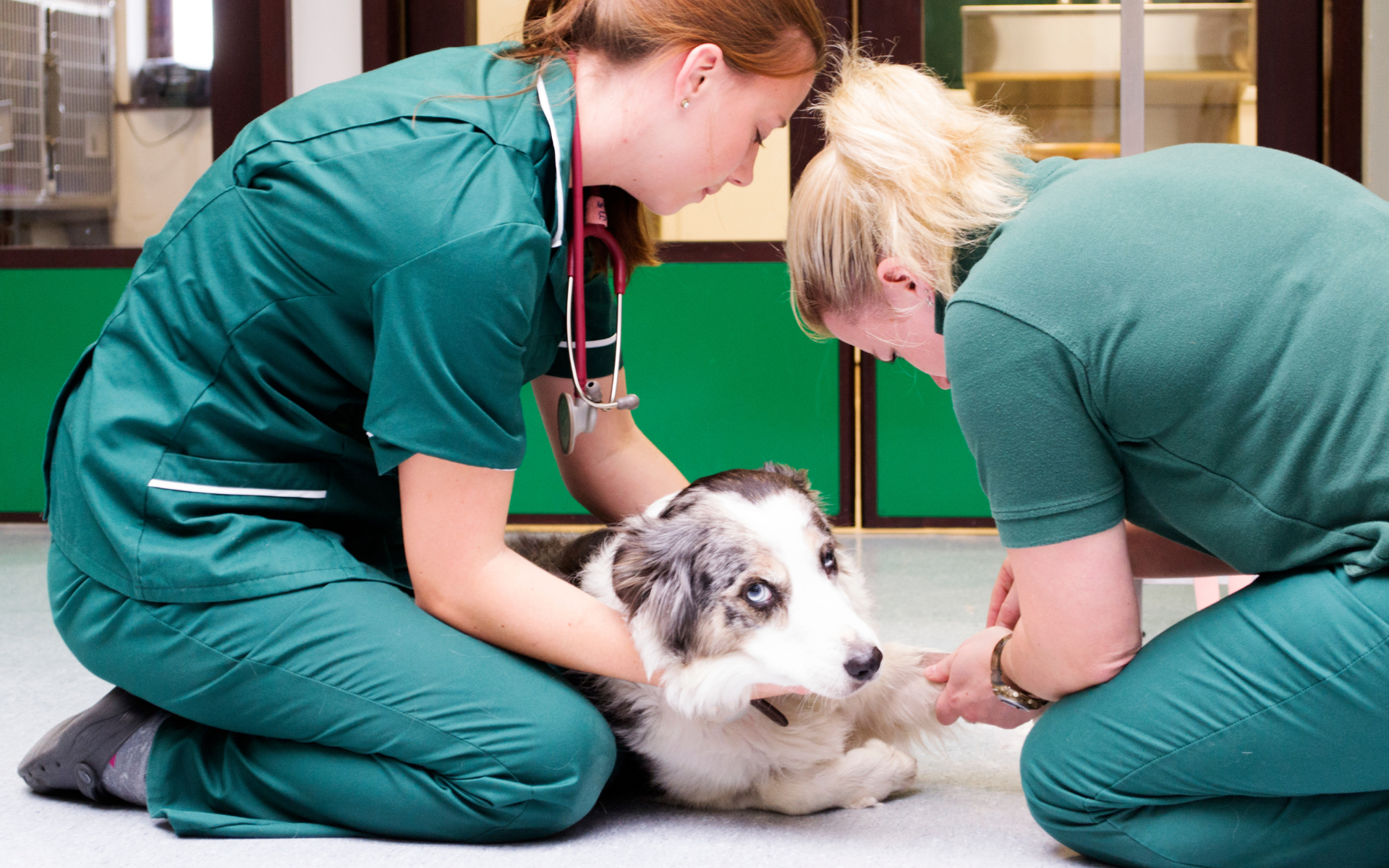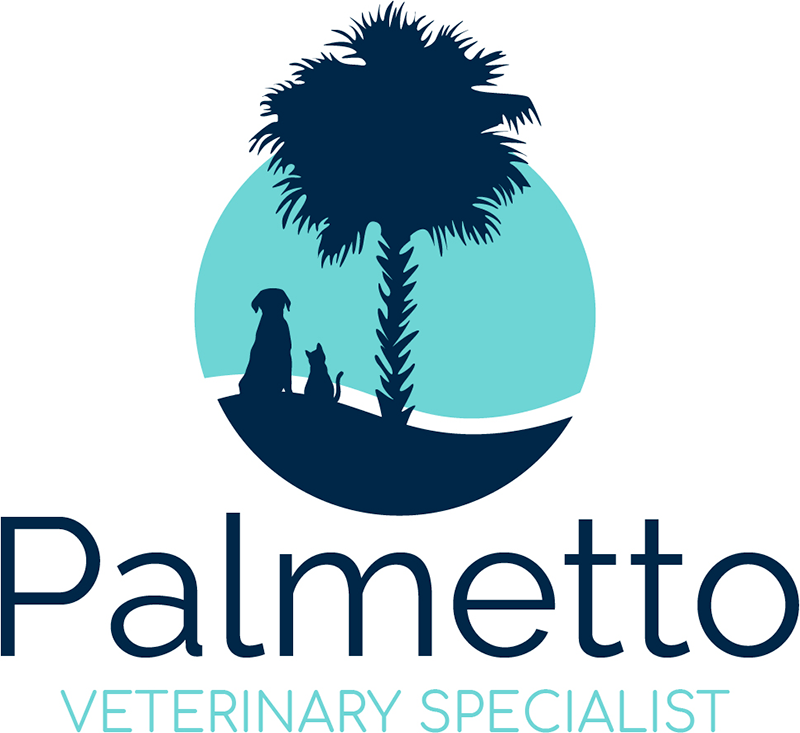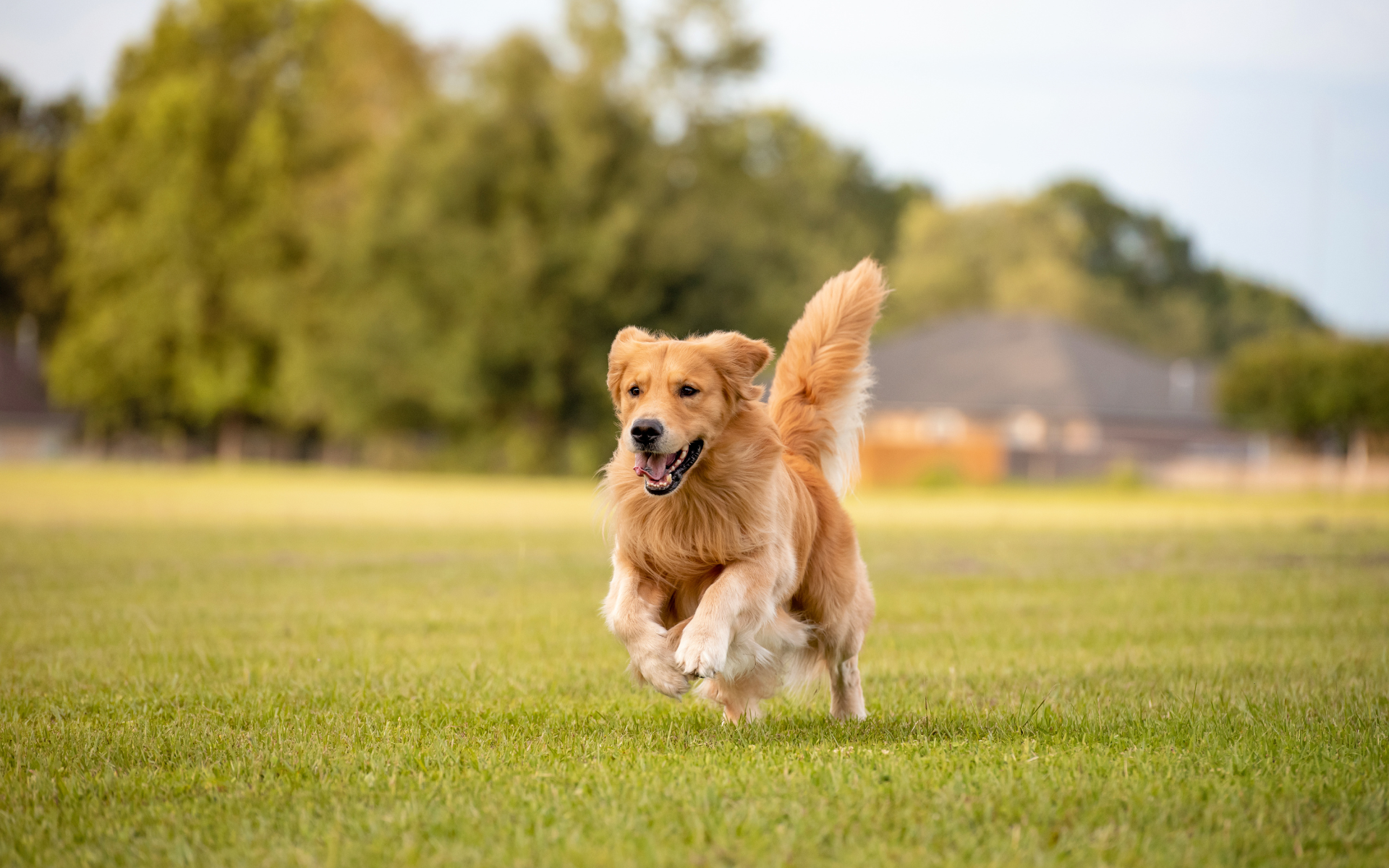Educational Resources
Resources We Trust
For Pet Owners
Small Animal Conditions
CHOOSE A HEALTH TOPIC FROM THE LIST:
- Achilles’ Tendon Injuries
- Anal Sac Tumors in Dogs
- Laryngeal Paralysis
- Aural Hematoma
- Bone Tumors in Cats and Dogs
- Brachycephalic Syndrome
- Canine Elbow Dysplasia
- Canine Hip Dysplasia
- Castration
- Chylothorax
- Cleft Palate
- Cranial Cruciate Ligament Disease
- Dermoid Sinus
- Diaphragmatic Hernia
- Extrahepatic Biliary Tract Obstruction
- Fractured Limbs
- Gallbladder Mucocele
- Gastric Dilatation-Volvulus
- Gastrointestinal Foreign Bodies
- Hepatic Microvascular Dysplasia or Portal Atresia
- Hip Luxation
- Infraspinatus Muscle Contracture
- Insulinoma
- Intervertebral Disc Disease
- Intussusception
- Patellar Luxations
- Laryngeal Paralysis
- Limb Amputation
- Liver Tumors
- Lung Lobe Tumors
- Mammary Tumors
- Mandibular Fractures
- Megacolon
- Nasopharyngeal Polyps
- Osteochondrosis of the Shoulder
- Otitis Externa
- Ovariohysterectomy
- Pain Management
- Parathyroid Tumors
- Patellar Luxations
- Perianal Fistulas
- Perineal Hernias
- Portosystemic Shunts
- Pyometra
- Salivary Mucocele
- Splenic Masses
- Splenic Torsion
- Thyroid Tumors
- Tracheal Collapse
- Otitis Externa
- Urinary Obstruction in Dogs
- Urinary Obstruction in Male Cats
- Urinary Stones
- Vulvar Fold Dermatitis
Post Operative Care
Your pet’s incision will be rechecked 10 to 14 days after surgery. Some swelling and bruising are normal following surgery. However, please check in if you see excessive swelling or redness around the incision or drainage from the incision.
Your pet should not be allowed to chew or lick at the incision. Please make sure your pet wears an e-collar at all unsupervised times. No baths should be given until the incision is rechecked. The ankle will develop swelling three to five days after surgery. This is normal. The edema that originated around the surgical site will move into the ankle. It will resolve in 7 to 10 days. Please check with your veterinarian if at any time you are concerned about the incision.
Expect your pet to be a little tired the first couple of days after surgery. However, over the next few days, you should see your pet acting more like themself. Please allow at least 2 hours after getting home before offering water or food. Please let us know if your pet loses their appetite, refuses to drink water for more than 24 hours, shows signs of weakness or depression, has vomiting, or develops diarrhea.
Your pet may not have a bowel movement for 3-4 days following surgery, which is normal. Please reach out to your veterinarian if your pet begins straining to defecate or has not had a bowel movement after four days.
Postoperative confinement is critical for surgical procedures to have a successful outcome. After orthopedic procedures, your pet needs ten weeks of confinement to allow the soft tissues and bone to heal. If your pet is adjusted to a crate, this would be ideal. An alternative is an expandable exercise pen. These prevent your pet from running to the front door when the doorbell rings, hopping onto furniture, and being rambunctious with your other pets. When your pet is taken outside for elimination purposes, they should be on a leash and under control at all times. Please restrict free access to flights of stairs and do not allow your pet to play with other dogs or run off leash for ten weeks after surgery.
Controlled postop activity allows for two objectives to be met – one is the soft tissues have time to reinforce themselves and to get used to their new tissue loads. The second objective is for the bone to heal in a tplo. If your pet is too active too early after surgery, their recovery could be delayed.
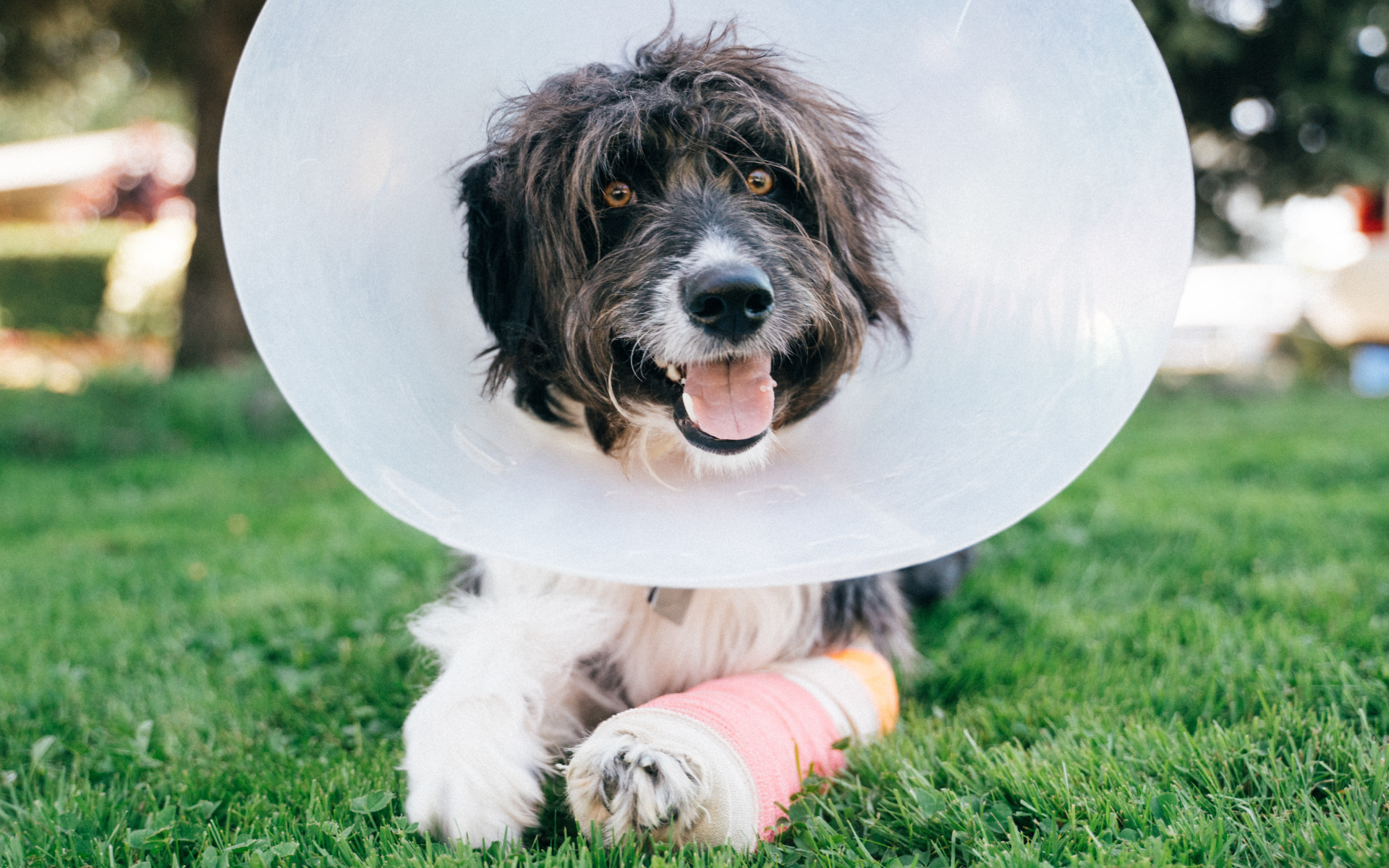
Fracture Repair
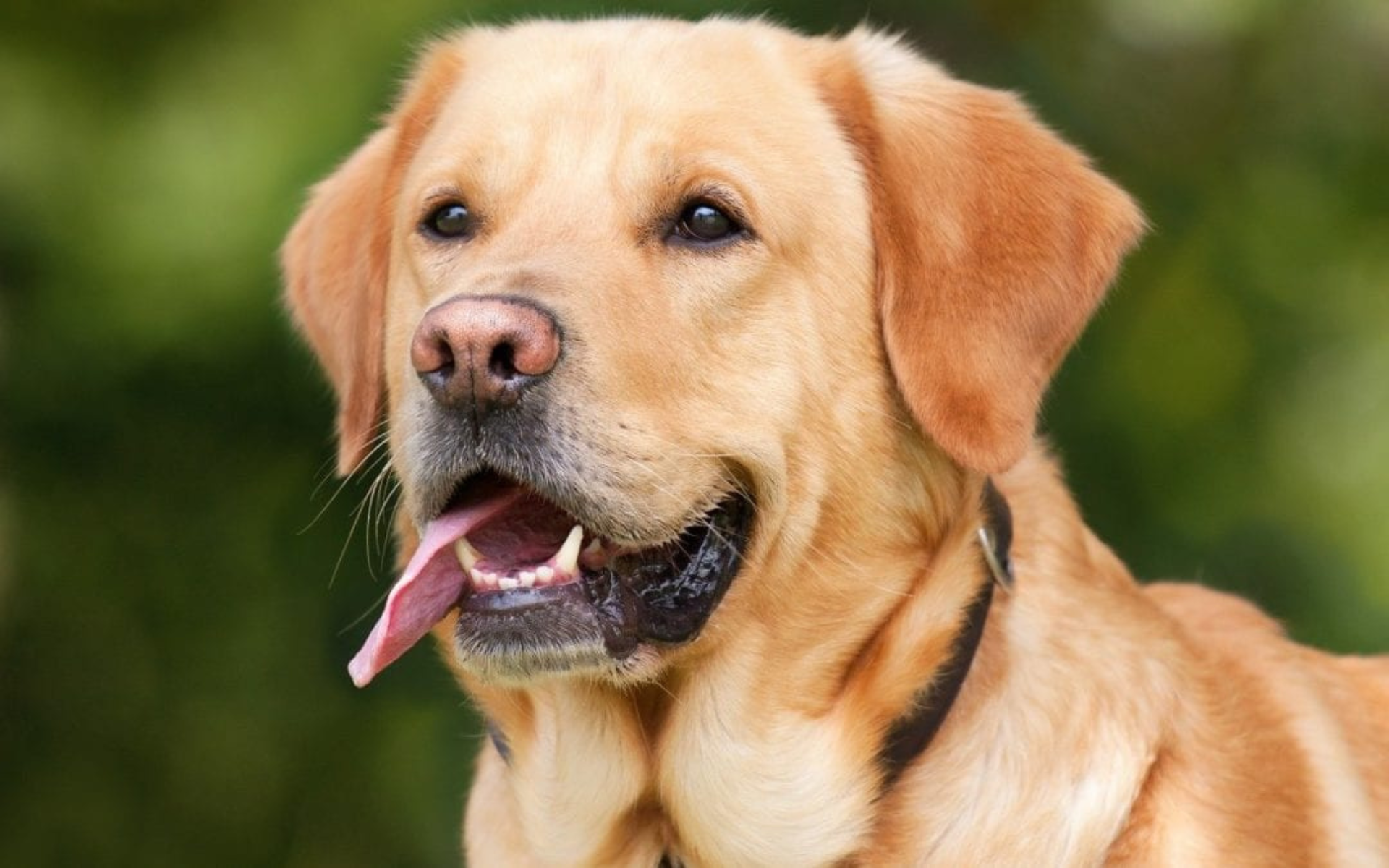
Patella Luxation Handout
